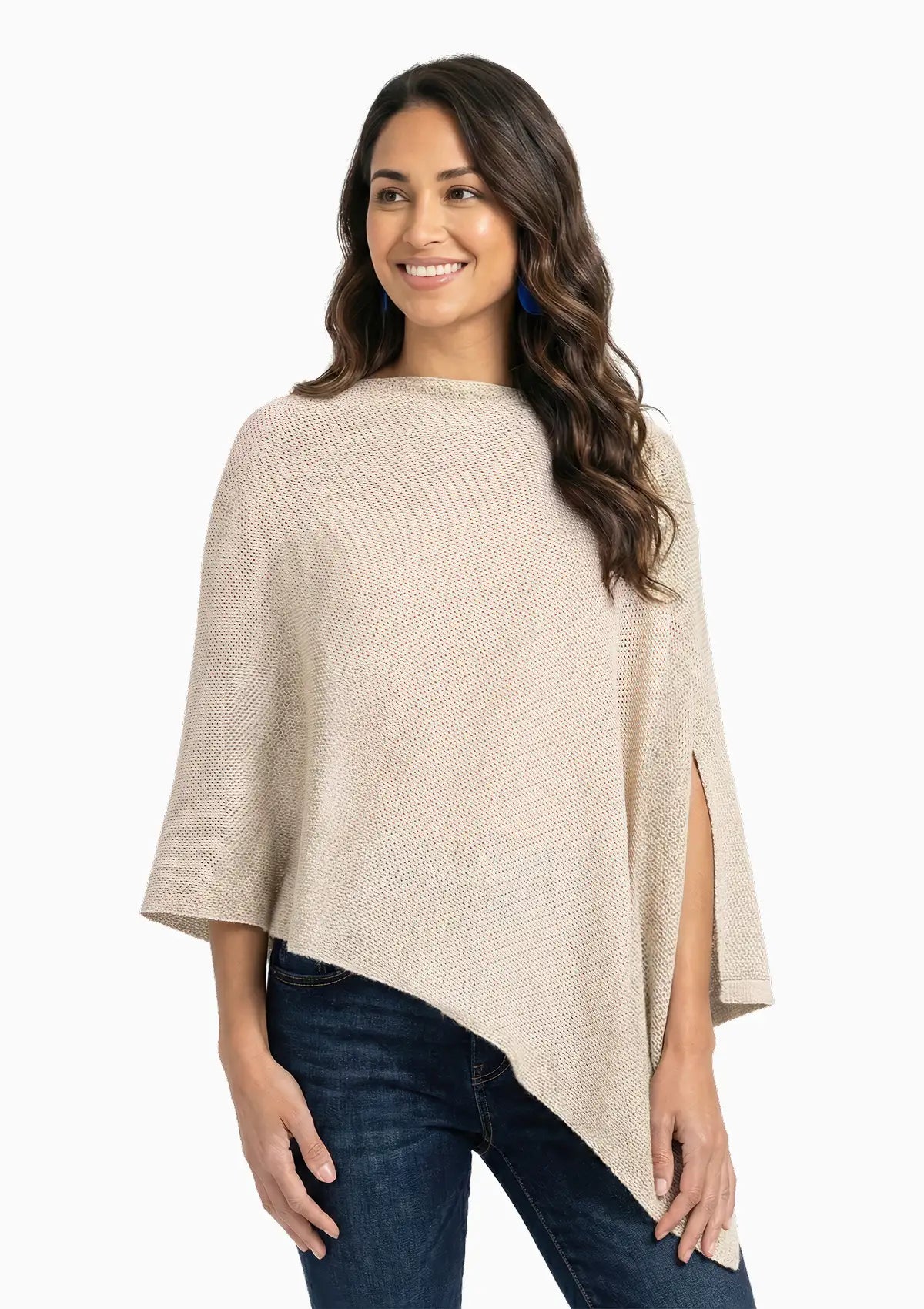
Do more with less: practicing addition by subtraction.

It’s that magical time of year where a mama’s fancy turns to thoughts of minimalism. Online marketplaces are flooded with new sale posts, consignment inventories skyrocket, and local donation centers handle overflow on the daily. We’ve totally jumped on the bandwagon, too; there’s something about a fresh season that calls for downsizing, organization, and ultimately, taking control. However, even though we “Marie Kondo-ed” everything last spring, we’re still finding piles of things that do not remotely “spark joy.”
Have we changed that much in one year?
Were we not ruthless or honest enough the first time around? Or are we stuck in a cycle of acquiring things that don’t make us happy?
Numerous studies have shown that when a physical space is messy, disorganized, and overwhelming, it contributes to anxiety, depression, and other mental health concerns (especially in women, go figure), and mental health struggles can make the effort of tidying and organizing feel insurmountable, which creates a vicious circle. People’s living spaces affect and reflect their state of mind, and despite being surrounded by our belongings, we can sometimes feel like strangers in a strange land.
So, how can we be more intentional in terms of what we surround ourselves with? More stuff won’t make us happy, or whole. Rather, we need to identify the non-material source of our happiness and completeness first; then we are able to be more selective with what we bring into our lives and our space and can trust that it is meant to be there. When our brains are saying “YES! I NEED THIS!” try taking a breath, being present, and asking yourself: “Will this item be with me in 1, 3, or 5 years? Will it be something my kid plays with for more than a day? Or will it be something that gets purged next time I spring clean?”
When we do the work to be more purposeful with our consumption, we also teach our kids valuable life lessons. A cluttered environment is overwhelming for children; when they have innumerable toys to choose from they get confused, easily distracted, and their imaginations are stifled. Fewer toys leads to better quality of play among toddlers, more developed imagination and creativity, better interpersonal skills, and more advanced fine motor skills (all proven by research). Perhaps most importantly, when your children have fewer toys they are better able to appreciate the ones they have. Teaching our kiddos gratitude through conscious consumerism, and helping them to make thoughtful choices and take care of their belongings, is a gift they can take with them throughout their whole lives.
Not everyone wants to be 100% minimalist...and that’s ok! One of our weaknesses is books; being surrounded by books genuinely makes us happy and feel more grounded. Maybe you have a friend for whom vintage pottery speaks to their sense of self; perhaps for you it’s a room covered in framed photos or artwork. The point is that it’s easier to breathe, to think, in a space free from needless or meaningless “stuff.” And when we clean out the tangible stuff, it makes it easier to declutter other important areas in our lives, like relationships that no longer serve us, projects that haunt rather than inspire us, emotional weight that keeps us from true growth, etc. Ideally your space and your environment should reflect exactly who you are. It can be daunting to start, and vulnerable for sure! But if we’re lucky, what we end up with isn’t just a fresh shiny new year and a car full of donations. We also get fresh, shiny, more authentic selves...which definitely sparks joy :)
title: Do more with less: practicing addition by subtraction by Miki Agrawal.
image: pixdeluxe / Getty

































